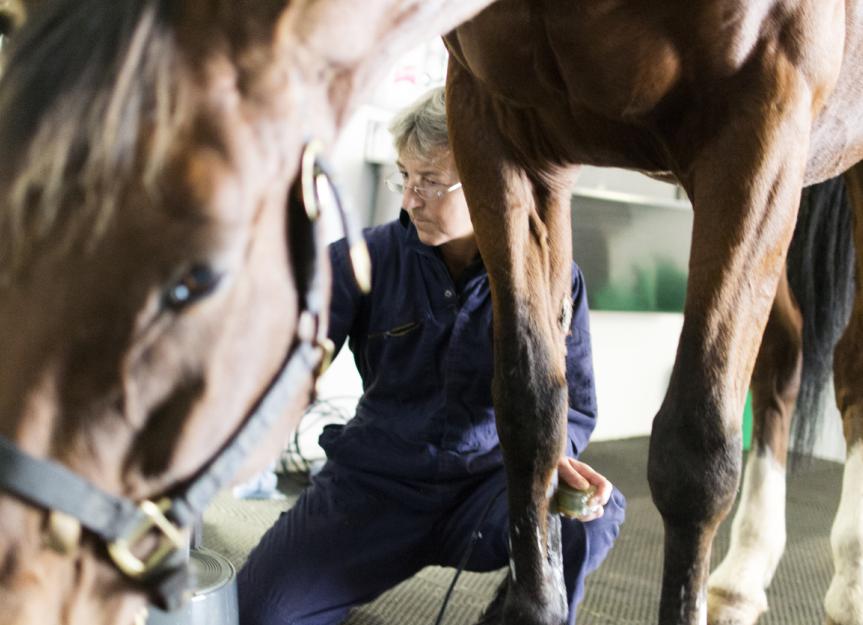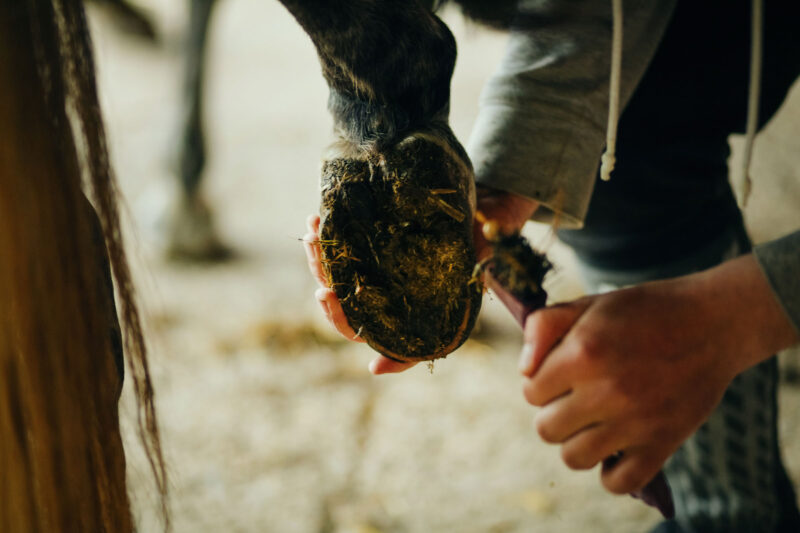Thrush is a common condition that can affect horses of all ages and breeds. It is caused by a fungal infection in the hooves, typically in the central or collateral sulci. While thrush may appear harmless at first, if left untreated, it can lead to lameness and other more serious complications. Finding an effective treatment strategy for thrush is essential for maintaining the overall health and well-being of your horse.
In this article, we will explore the best treatment options available for thrush in horses, including both conventional and natural remedies. By understanding the various treatment approaches, you can make informed decisions to effectively manage and prevent thrush in your equine companion.
Understanding the Causes and Symptoms of Thrush in Horses

Thrush is a common hoof ailment in horses that is caused by a bacterial or fungal infection. The primary cause of thrush is a moist and dirty environment that allows the bacteria to thrive. The symptoms of thrush include a foul odor emanating from the hoof, a black, tar-like discharge, and sensitivity in the affected area.
Other signs of thrush may include lameness, difficulty picking up the hoof, and an overall reluctance to bear weight on the affected hoof. It is important for horse owners to understand the causes and symptoms of thrush in order to effectively treat and prevent this uncomfortable condition in their equine companions.
The Importance of Prompt Diagnosis and Treatment
Prompt diagnosis and treatment are of utmost importance when it comes to effectively managing thrush in horses. This common fungal infection can quickly worsen if left untreated, leading to discomfort and lameness for the affected animal.
By identifying the symptoms early on and taking swift action, horse owners can prevent the infection from spreading and causing further damage to the hoof. Various treatment options are available, including medicated hoof dressings, oral antifungal medications, and regular hoof cleaning and trimming.
It is crucial for horse owners to work closely with their veterinarian to develop a treatment plan that best suits their individual horses needs. Early intervention can make a significant difference in the outcome of the infection, so prompt action is key in the successful management of thrush in horses.
Top Recommended Treatment Options for Thrush in Horses

When it comes to treating thrush in horses, there are several recommended options that have been proven to be effective. One of the top treatments is to regularly clean the affected area with a gentle antiseptic solution to help eliminate the bacteria causing the infection. In addition, using a medicated hoof spray or hoof dressing specifically designed to target thrush can help to prevent further bacterial growth.
Proper hoof trimming and maintenance is also crucial in treating thrush, as it can help improve overall hoof health and prevent the infection from spreading. Consulting with a veterinarian for a personalized treatment plan tailored to your horses specific needs is always recommended for the best results.
Conclusion
In conclusion, thrush in horses can be effectively treated with a combination of strategies, such as proper hoof care, appropriate medication, and addressing underlying issues that may be contributing to the condition. Regular cleaning and maintenance of the hooves, along with the use of proven treatments like antifungal solutions, can help combat thrush and prevent its recurrence.
Additionally, incorporating a high-quality hoof conditioner like Best Hoof Conditioner into the horses grooming routine can further support hoof health and overall well-being. By being proactive and diligent in addressing thrush, horse owners can ensure the comfort and soundness of their equine companions.


